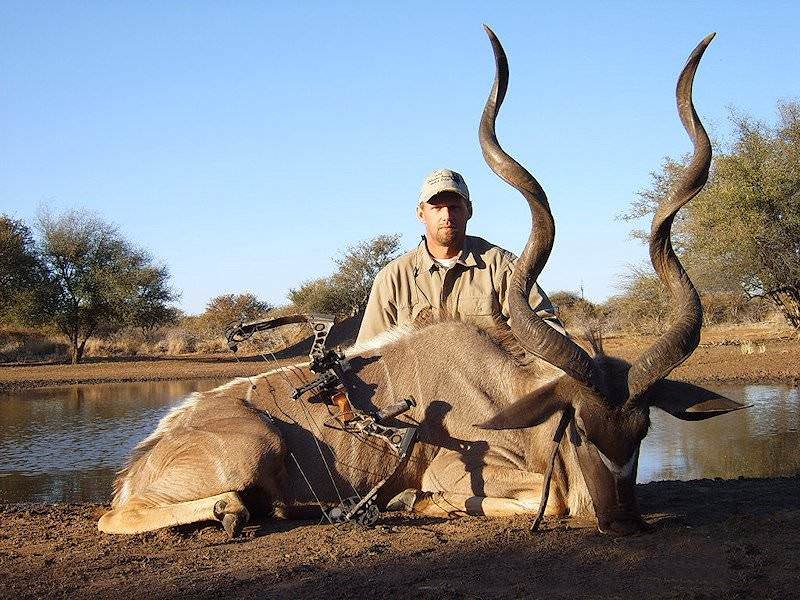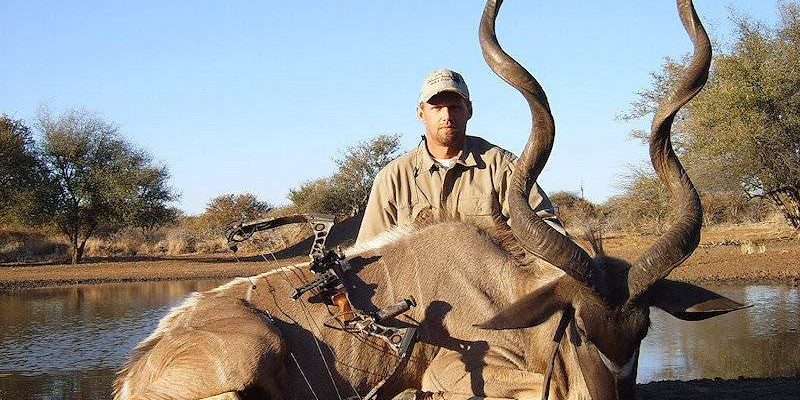
Understanding how the kudu feeds and survives can give you insight into the broader African savannah ecosystem. It’s not just about what they eat; it’s about how they navigate their world, avoid predators, and adapt to their surroundings. So, grab a cup of coffee and let’s dig into the world of the kudu and discover the secrets of their diet and hunting strategies.
Kudu Habitat: Where They Call Home
To understand the kudu’s diet and hunting strategies, we first need to talk about their habitat. Kudus are typically found in the woodlands and savannahs of eastern and southern Africa. They love areas with plenty of bushes and trees, which provide both food and cover from predators. Imagine a cozy neighborhood with tall trees and spacious backyards—it’s the perfect place for a kudu to thrive.
Kudus are browsers, which means they primarily eat leaves, shoots, and sometimes fruits from the trees around them. Their long necks give them access to foliage that shorter animals can’t reach. Picture a child reaching for a cookie on a high shelf – that’s the kudu effortlessly snagging tender leaves with its long tongue and nimble movements.
Additionally, kudus are known for being quite adaptable. During the dry season, when food is scarce, they’ll wander into more open areas to find food. This flexibility is crucial for their survival, as it allows them to access a variety of foods throughout the year.
The Kudu Diet: What’s on the Menu?
A kudu’s diet is diverse and reflects the availability of food in their habitat. They’re mainly herbivores, and their meals consist of:
- Leaves: Tender leaves from bushes and trees make up a significant portion of their diet.
- Shoots: Young shoots are a favorite, as they are nutritious and easier to chew.
- Fruits: Kudus will occasionally snack on fruits, especially during the wet season when they’re abundant.
What’s interesting is that kudus are highly selective eaters. They know what’s best for their bodies, much like how you might crave a salad when you’re trying to eat healthily. Kudus choose high-protein and high-fiber foods to sustain their energy levels.
One thing you might notice about kudus is their unique grazing behavior. They typically feed during the cooler parts of the day—early morning and late afternoon—when it’s less hot. Think of it as their version of brunch and dinner, ensuring they don’t overheat while munching on their favorite treats.
Hunting Strategies: The Art of Survival
While kudus are not hunters, they have their unique strategies to evade predators, and understanding these tactics can be quite enlightening. It’s like watching a game of hide and seek where the kudus are the masters of camouflage.
Kudus rely on two primary strategies: flight and stealth. When they sense danger, their first instinct is to flee. They can sprint at speeds of up to 60 km/h (about 37 mph) for short distances. Their powerful legs allow them to leap over fences and obstacles, making it hard for predators like lions and leopards to catch them. Imagine a sprinter launching off the starting blocks – that’s the energy and agility a kudu displays when it’s time to run for safety.
But they’re not just about speed; kudus also use their environment to their advantage. They have excellent hearing and a keen sense of smell, which helps them detect threats from afar. When a kudu senses danger, it often freezes and blends into its surroundings. Their striped coats provide natural camouflage against the dappled light of the forest, making them nearly invisible. It’s like playing hide and seek but using nature as your little cheat sheet.
The Role of Social Structure
Kudus are generally social creatures and often found in small groups. These groups usually consist of females and their young, while males tend to be more solitary, especially as they mature. Think of them as a close-knit family with the males off exploring on their own adventures.
This social structure provides protection, as the more eyes there are to watch for danger, the better. When a predator approaches, the females will communicate through soft sounds to alert others in the group. If one of them spots a potential threat, others quickly follow suit. It’s similar to how a tight-knit group of friends might warn one another about an unexpected party crasher.
Additionally, young kudus learn essential survival skills from their mothers. They observe how their mothers select food and sense danger, which is crucial for their development. This knowledge passed down through generations helps keep the species thriving.
Seasonal Changes and Diet Adaptations
As seasons change, so does the kudu’s diet. During the rainy season, when foliage is abundant, kudus feast on fresh leaves and fruits. The variety during this time is like having a buffet to choose from! However, as the dry season rolls around, food becomes scarcer.
During these times, kudus must exhibit flexibility in their feeding habits. They may switch to eating more fibrous plants or even the bark of trees. It’s almost like when you have to make do with what’s left in your fridge when the grocery shopping day slips your mind.
This adaptability is vital for their survival. If kudus can’t find their preferred food, they’ll look for alternatives, ensuring they get the nutrition needed to thrive.
Threats and Conservation Efforts
Kudus face several threats in the wild, from habitat loss due to human activities to poaching. As they lose their natural habitat, finding food becomes more challenging, which puts them at risk. It’s like trying to find a restaurant in a new city without GPS—it can be tough!
Conservation efforts are crucial to ensuring the survival of kudus. Many organizations work to protect their habitats and raise awareness about the species. Creating wildlife reserves allows kudus to roam freely without the threat of poaching or habitat destruction. Plus, educating local communities about the importance of conserving these beautiful creatures is key to their long-term survival.
Furthermore, responsible tourism can also play a role. When tourists visit wildlife reserves, they bring in funds that help monitor and protect the animals. It’s a win-win situation where people can enjoy the beauty of nature while contributing to its preservation.
In conclusion, the kudu’s diet and hunting strategies are intricate and fascinating, revealing a world of survival and adaptation. Their ability to navigate through changing environments, evade predators, and sustain themselves speaks volumes about their resilience. With ongoing conservation efforts, we can hope to see these majestic creatures thrive for generations to come. If you ever get the chance to watch a kudu in its natural habitat, take a moment to appreciate the beauty and complexity of its life.

